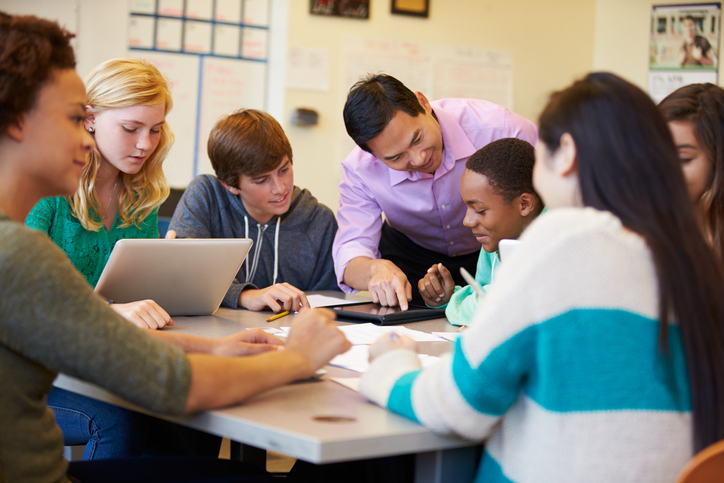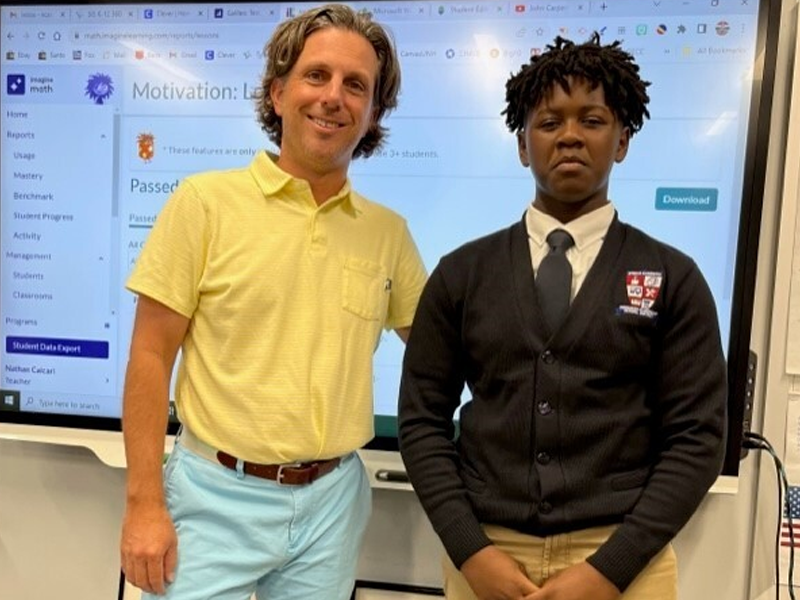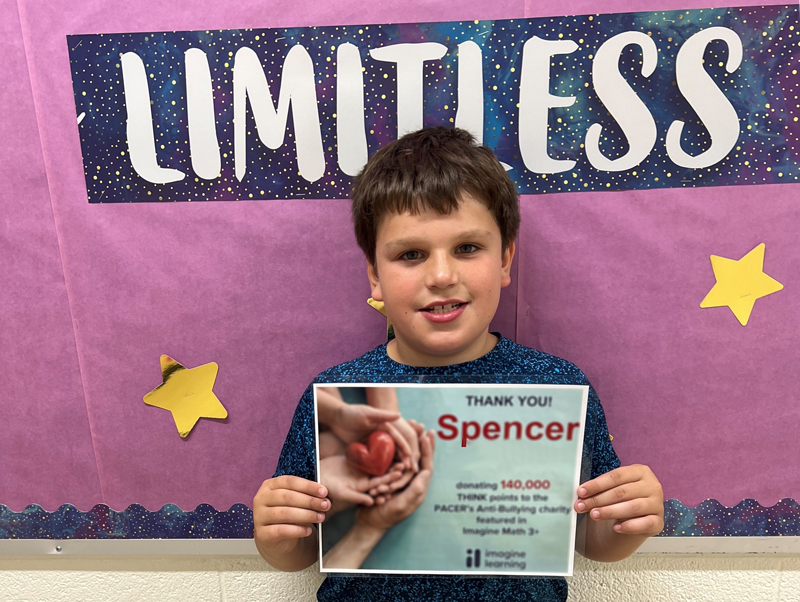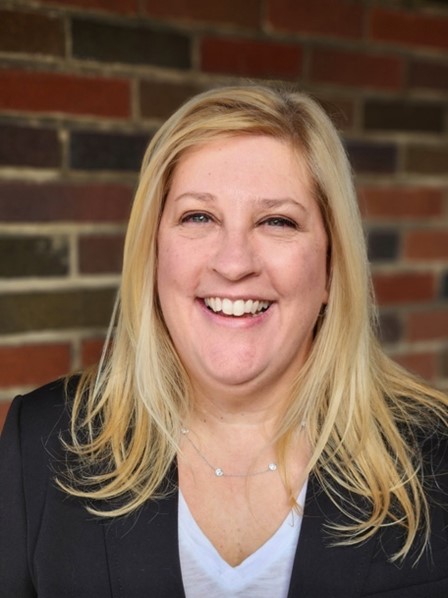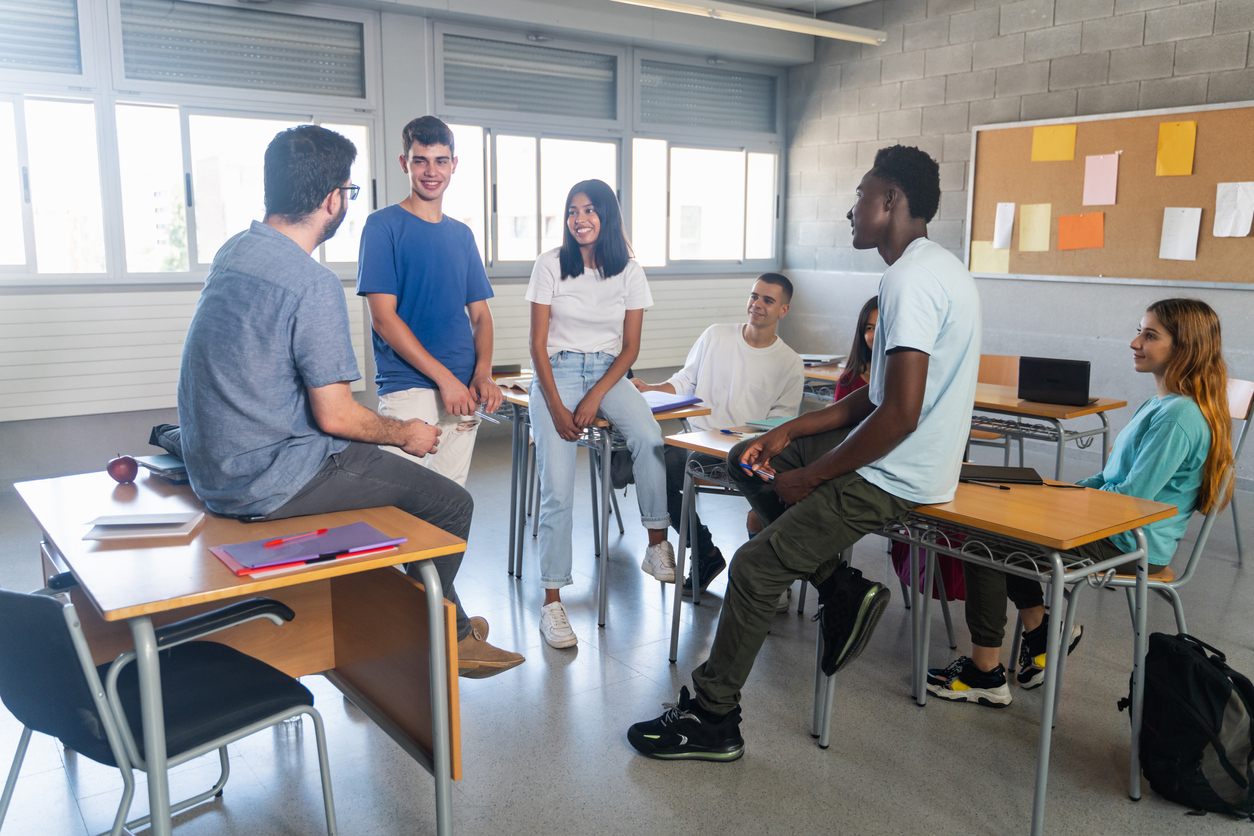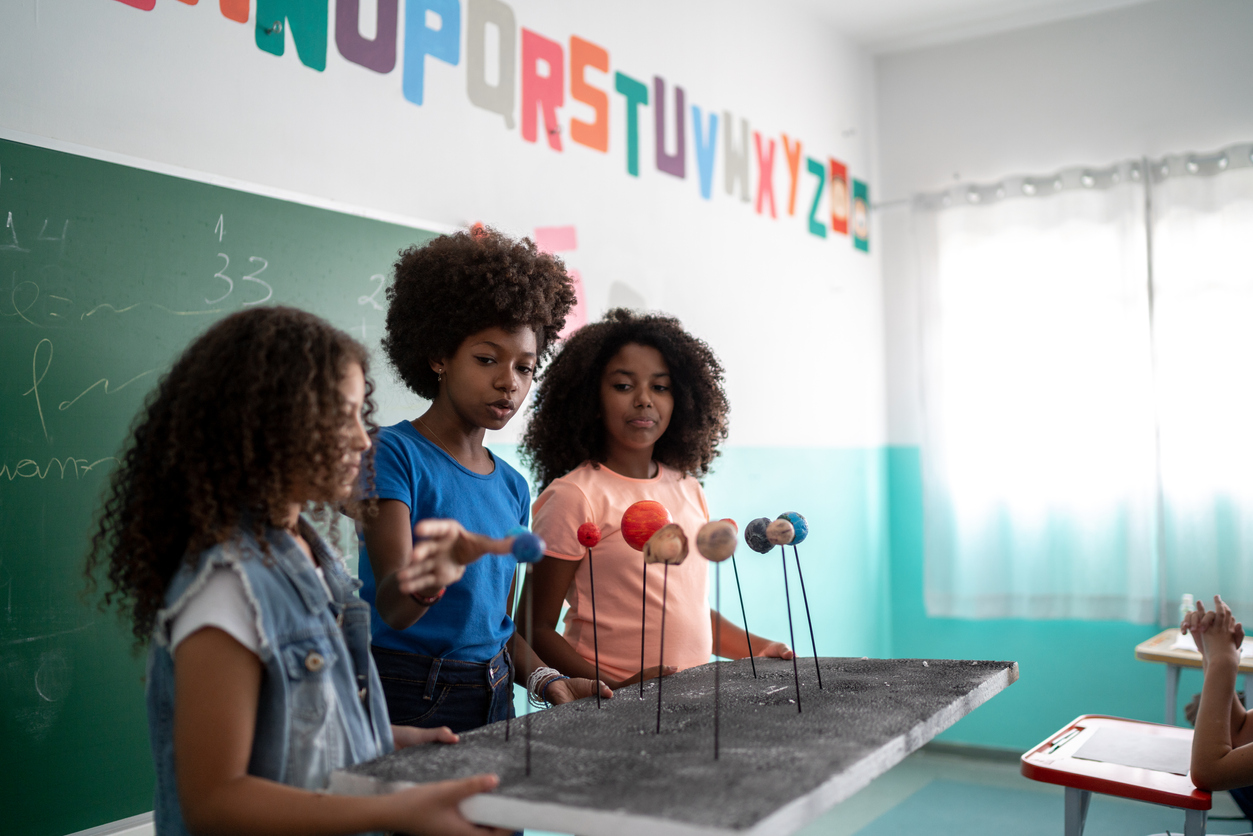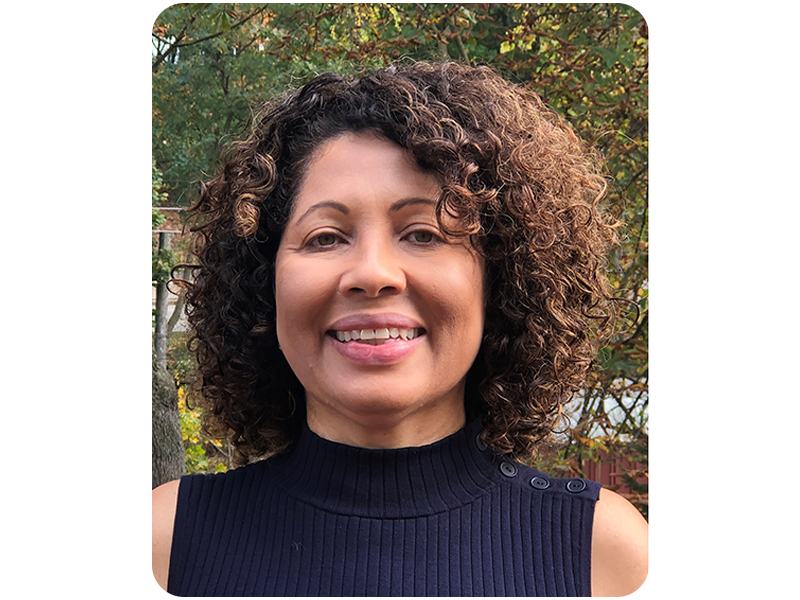May 6, 2024 10:28 am
There Is Nothing Quite Like Seeing a Masterful Teacher at Work
Teachers are the ones who bring magic to the classroom. This Teacher Appreciation Week, Dr. Kathy Swan highlights the creativity and dedication of educators who make every lesson impactful and memorable for their students.
Last week, I watched as a high school teacher brought an economics lesson to life.
She began the class with a sorting exercise in which students collaboratively worked to prioritize 10 cards that had competing budget priorities on them. For example, one card featured an image of U.S. soldiers with the caption: “MILITARY: Spending for national defense and support for U.S. allies and interests abroad.” Another card read, “HEALTH CARE: Spending for research to cure or prevent disease and services for low-income and elderly Americans.” Students were asked the question, “What should we spend our money on?” and in small groups deliberated which order to place the cards (e.g., military, healthcare, education, environment). Then, students put their rankings into a Google form and examined in real time how the entire class ranked the various priorities.
The teacher ended the class with students examining a pie chart of the current budget priorities to compare their priority list with the reality of the U.S. budget. As you might predict, students were surprised at how little proportionally the government spends on education, which many students had ranked as 1 or 2 on their priority list. The class ended, students equally engaged and confounded by the big ideas surfaced in the lesson.
What I admired most was that she allowed a bit of uneasiness with the material, sending students to their next class disgruntled about the amount the government spends on interest from past debt. And she set students up for a study of scarcity in the weeks to come, undulating between choices made within macroeconomic fiscal policy and personal finance.
It was teaching magic, and I was lucky to have a front-row seat — I wanted to jump on the desk exclaiming, “Captain, my Captain!” with a soulful slow clap. But she would have thought it odd — it was a Tuesday in April and she was just doing what she does every school day.
There is nothing quite like seeing a masterful teacher at work. As educators, so many of us struggle with giving up control — control of our content and the physical spaces of our learning environment. But masterful teachers implicitly and outwardly trust their students. They trust their students to deliberate tensions in the subject matter, not just to consume settled knowledge. They also trust that their students want to engage in the work of knowing even when students give off all the signs to the contrary — distracted by their phones, heads on their desks, side conversations about anything but the subject at hand. Masterful teachers cut through all of that — they see beyond the surface signals and compel students to engage.
“It’s as if the economics teacher I saw pregamed the day’s lesson with a mantra: ‘Oh, you don’t think you care about the U.S. budget? Hold my coffee…’ Masterful teachers transform their classrooms into vibrant spaces, often surprising students with their own curiosity.”
About the Author: Dr. Kathy Swan
Professor, University of Kentucky; C3 Framework Lead Author; Lead Consultant on Traverse
Kathy Swan is a professor of curriculum and instruction at the University of Kentucky. Kathy was awarded UKY’s Great Teacher Award in 2021 and has been a four-time recipient of the National Technology Leadership Award in Social Studies Education, innovating with inquiry-based curricula. Dr. Swan served as the project director and lead writer of the College, Career, and Civic Life Framework for Social Studies State Standards (2013), the national standards for social studies. She has co-written a number of best-selling books, including Inquiry-Based Practice in Social Studies Education: The Inquiry Design Model (2017), The Inquiry Design Model: Building Inquiries in Social Studies (2018), and Blueprinting an Inquiry-Based Curriculum: Planning with the Inquiry Design Model (2019).

